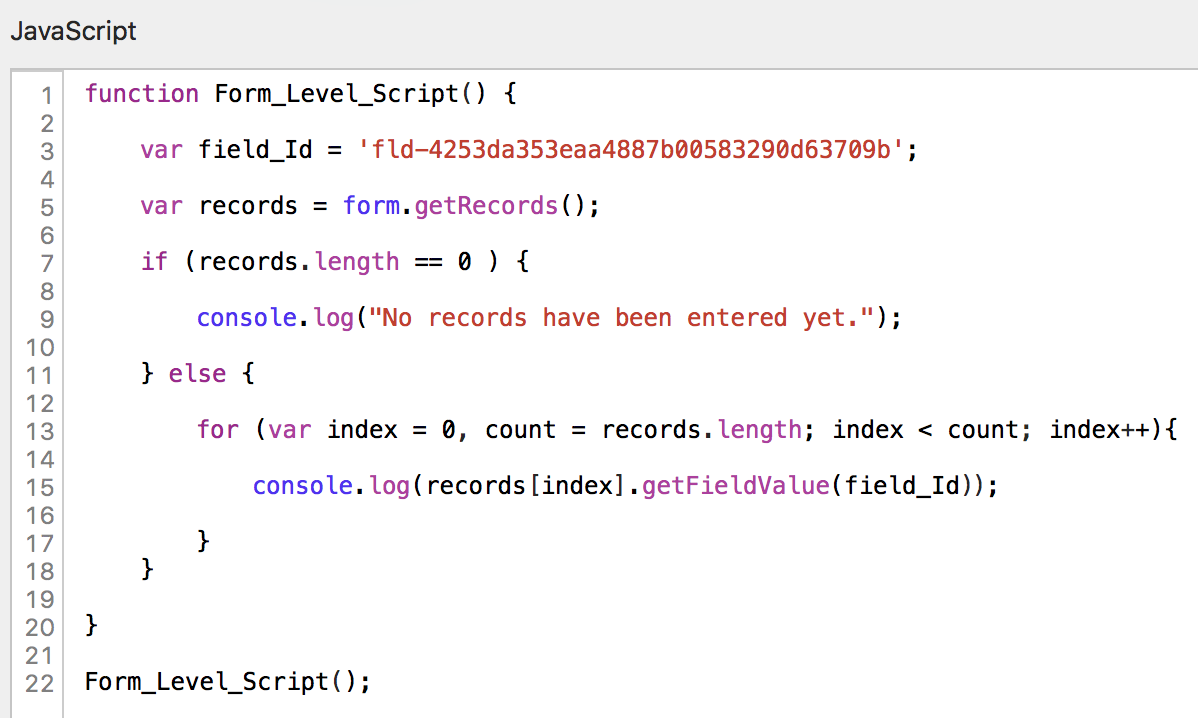

#Tap forms tutorial how to
For example, you can embed the Text object in a Form like so. How to build a form that validates input. Now that you have successfully created an app and have a good grasp of the SwiftUI workflow, we can add a simple form to allow the user to input information.ĭoing so is extremely easy. Therefore, any modification that you want to make to your view must be done in this variable.Ĭurrently, that view contains a Text view object containing the titular “Hello World!” statement. The former, however, is where we’ll be working.Īll SwiftUI View classes have the same structure: a View struct that defines the view structure and functionality and a Preview View struct that serves as a helper for the emulator to display your work in real time.Īs you can see, in the ContentView struct, there is a body variable of type View that defines the body of that view. The latter is the root application class. A ContentView.swift file and an App.swift file, where APP_NAME is the name you used for the project.
#Tap forms tutorial code
Select the QR code button, and then click or tap the. a shared class notebook) your intended audience can see and click it to access your form or quiz.

Copy and then paste this unique link wherever (e.g. Select the Link button, and then click or tap Copy next to the text box that displays a web address.

Nevertheless, I’ll give you a very brief summary of what you have in front of you right now.Īs you can see, your project currently has two files in it. Choose how you want to ask for responses. A deep dive into the workflow is outside the scope of this article. If you haven’t had the opportunity to work on a SwiftUI project before, I would highly recommend that you go here and get yourself acquainted with it. If you have no background in these tools, please take some time to explore them first.Īlthough a lot has changed in the workflow required to develop SwiftUI projects, Xcode still feels very familiar. This article assumes that you have experience working with the Swift language and Xcode 12. By the end of this article, you’ll have in your hands a simple iOS project with the fundamentals already implemented. This article will briefly introduce SwiftUI, the most common UI elements included in SwiftUI Forms, and examples of some basic testing. If you haven’t had the opportunity to stretch your muscles with this new workflow or you’re new to the platform and you’re looking for a simple and straightforward introduction to SwiftUI, this is the article for you. By creating a more intuitive and interactive way to create and compose their views, the team at Cupertino made sure that we as developers have the best in the market in terms of tools and patterns, allowing us to create beautiful and intuitive apps for our users.Ī lot has changed with SwiftUI, and since it has been almost two years since its formal launch, most developers have already learned to adopt the new user interface workflow in all aspects of their apps. With the introduction of SwiftUI in September 2019, Apple once again pushed the envelope forward into the future of development workflows.


 0 kommentar(er)
0 kommentar(er)
